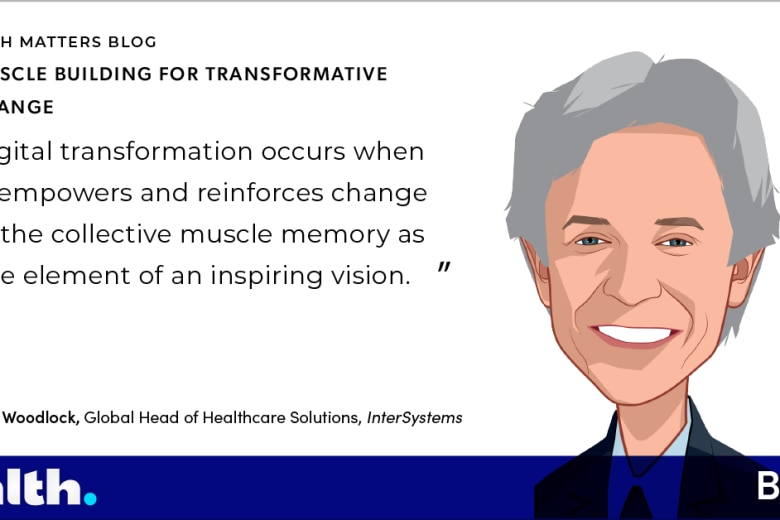National Health Service (NHS) Fife’s recent go live reminds me of an old Scottish saying ‘keep the heid’. It’s about grace under fire … keeping a cool head in times of stress.
We recently replaced what we call our patient management system, (sometimes also referred to as an Electronic Medical Record system). The key ingredients for maintaining calm throughout a complex, large-scale implementation were planning, prioritizing, and teamwork. In fact, the project involved intensive preparatory efforts for more than a year.
Our challenge involved the migration of more than 700,000 records from our existing system; change management to introduce new processes and procedures across 10 acute, mental health, and community healthcare sites; and the development and execution of a training program for more than 3,000 staff.
The project was part of a broader government-sponsored initiative across Scotland, where twelve Scottish Health Boards, covering 92% of the country’s patient population, now use the same patient management system.
Go live was a great success, but that isn’t to say we didn’t have teething problems. A well-executed implementation doesn’t preclude issues arising down the track, and we had our share.
Here are a few lessons that certainly helped us “keep the heid.”
1. The earlier you get stakeholders involved, the better.
Early engagement with internal stakeholders to prepare them for change is critical. An implementation like this is not just a large-scale IT initiative; it’s a change management project that impacts virtually every staff member.
In fact, if we had to do it again, we’d build in even more engagement – particularly immersive-style workshops – at regular intervals throughout the project. We made major, long-term design decisions before all our stakeholders were on board. Training with a core team of stakeholder representatives early on would have prevented this.
When the immersive workshop did happen, via a tabletop exercise we conducted five months before going live, it was a key turning point in the project. It was the first time we had all the stakeholder groups together in one room. Working through simulated hospital scenarios with that broad group was enormously beneficial – it allowed people to join a lot of dots.
2. Do a full dress rehearsal.
We would not have achieved the seamless go live we did without a dry run. It allowed us to troubleshoot in a controlled test environment, and iron out any kinks before the big day.
3. Create a clear leadership structure with delegated decision-making.
We had two leads – one for technology and one for business. We had a decentralized leadership structure, with lead representatives from each area, who were up to speed on both the project and the needs of their services. They were empowered to make good, fast decisions. The technical teams of NHS and InterSystems were fully engaged and worked as a single, cohesive unit.
4. The scope is the scope, and it doesn’t change.
We had to be incredibly disciplined about the scope – what was and wasn’t included. We had to manage the needs of our services with the necessity that we keep moving towards the point of go live. Being controlled and systematic was the only way we could make a project of this scope work. Which is not to say such a strict stance didn’t engender some very robust debates.
5. Understand the priorities.
With thousands of vested players and almost as many competing priorities, achieving clarity about what is the most pressing, critical thing to do now and what can wait becomes a daily discipline.
As it became obvious that we pulled off the go live, people were beaming. Smiles all round! So much careful planning by so many people over such a long period – it was an amazing achievement.
Moving to a new patient management system is a huge change for any organization, and we’re still getting used to it. But overall, we’ve embraced it with gusto. And, more importantly, we’ve kept the heid.
About the Author

Marianne Campbell is the eHealth senior program manager at NHS Fife. Throughout Marianne’s career (20+ years) in Healthcare IT, she has managed complex and high-profile clinical IT programs and projects. She is currently working for NHS Fife, where she managed the implementation of the TrakCare PMS system across all NHS Fife Acute, Community and Mental Health hospitals (Phase 1) and she is now managing Phase 2 – Order Communications, Requests and Results. Before working with Fife, she spent several years in the United Arab Emirates, managing IT clinical application programs in a new, fully digital acute hospital - Cleveland Clinic Abu Dhabi. Earlier in her career she founded, expanded and then sold a UK Healthcare IT applications business providing patient flow solutions for NHS Trusts.




































